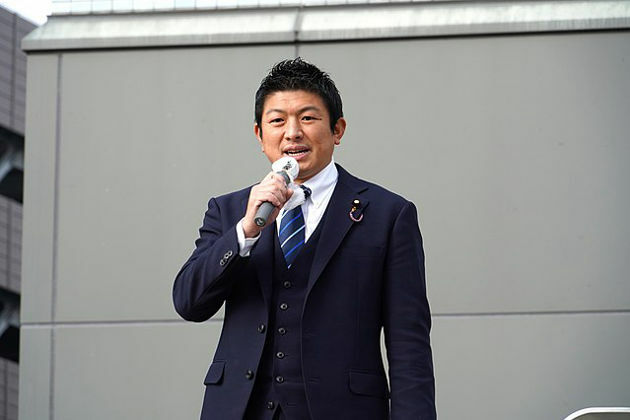Move FM Global News

Japan’s Sanseito party rides economic discontent to election success
Jul 24, 2025TOKYO, Japan: In a surprising turn in Japan’s upper house elections, the fringe far-right Sanseito party emerged as one of the biggest winners, securing 14 new seats. Known for its nationalist rhetoric and internet-driven rise, Sanseito capitalized on discontent over economic stagnation, rising prices, and immigration anxieties.
The party now holds 15 seats in the 248-member upper house, having previously just one, and only three in the more powerful lower house.
Founded during the COVID-19 pandemic, Sanseito gained popularity on YouTube by promoting vaccine conspiracy theories and narratives about global elite control. Its “Japanese First” slogan resonated with voters who feel left behind.
The party’s leader, 47-year-old Sohei Kamiya, clarified in a post-election interview that the slogan was not a call to expel foreigners but to resist globalization and restore the livelihoods of ordinary Japanese citizens.
Sanseito’s rise comes amid a steep decline for Prime Minister Shigeru Ishiba’s ruling Liberal Democratic Party (LDP) and its coalition partner Komeito. The coalition failed to retain its upper house majority, winning just 47 seats instead of the 50 needed to preserve control.
This follows their October loss in the lower house, leaving them in the minority in both chambers for the first time since the LDP’s founding in 1955. The dual defeats have deepened Japan’s political instability.
Analysts say Sanseito’s appeal lies more in voter disillusionment with the ruling coalition than in any broad ideological shift. “It’s more a reflection of LDP weakness than Sanseito strength,” said Joshua Walker of the U.S.-based Japan Society. Yet, the party’s surge cannot be dismissed. While only 7% of voters cited immigration as their top concern in pre-election polls, Sanseito’s anti-immigrant message struck a chord with voters worried about rising living costs and Japan’s changing demographics.
Japan’s foreign-born population hit a record 3.8 million last year, just 3% of the total. But rising tourist numbers and a weakening yen have driven up prices, fueling economic frustration. Sanseito tapped into these grievances with calls for tax cuts, expanded welfare, and skepticism toward foreign influence. Its message, many observers note, reflects a growing online populist movement in Japan, inspired by global figures like Donald Trump and echoing the tactics of Europe’s far-right.
Kamiya, a former English teacher and supermarket manager, has tried to soften his image after gaining attention in 2022 for controversial remarks, including a bizarre suggestion about imperial concubines.
During the campaign, he faced backlash for opposing gender equality policies, claiming they discourage childbirth. To counter his “hot-blooded” persona and broaden the party’s base, he recruited several female candidates, including the singer Saya, who won a seat in Tokyo.
Unlike traditional opposition parties, Sanseito commands a large and active online following. Its YouTube channel, with over 400,000 subscribers, vastly outpaces those of mainstream parties. This digital clout has enabled the party to bypass conventional media and directly target young male voters in their twenties and thirties, who form its core support base.
The party’s rise has already shifted Japan’s political conversation. Just before the vote, the Ishiba government announced a new task force to tackle alleged crimes by foreign nationals and pledged a crackdown on undocumented immigrants—moves seen as a response to Sanseito’s growing influence.
Looking ahead, Kamiya plans to build alliances with other minor parties rather than cooperate with the LDP. He says Sanseito’s success is only the beginning.
“We are gradually increasing our numbers and living up to people’s expectations. By building a solid organization and securing 50 or 60 seats, I believe our policies will finally become reality,” he declared.
Whether Sanseito’s ascent marks a lasting shift or a populist blip remains to be seen, but its disruptive entry into Japanese politics is now undeniable.


